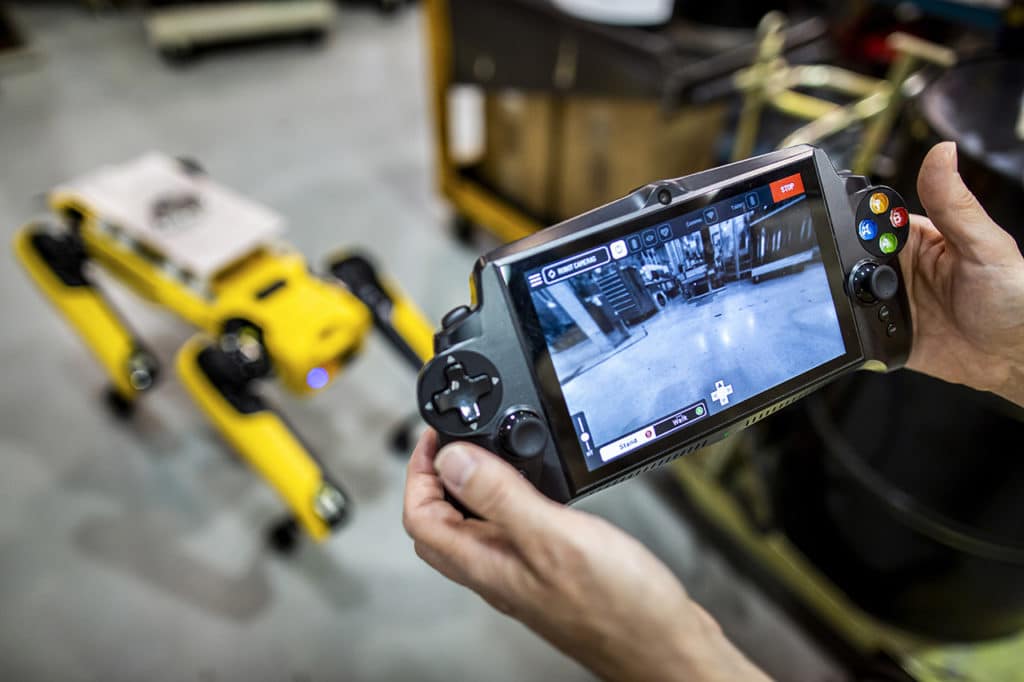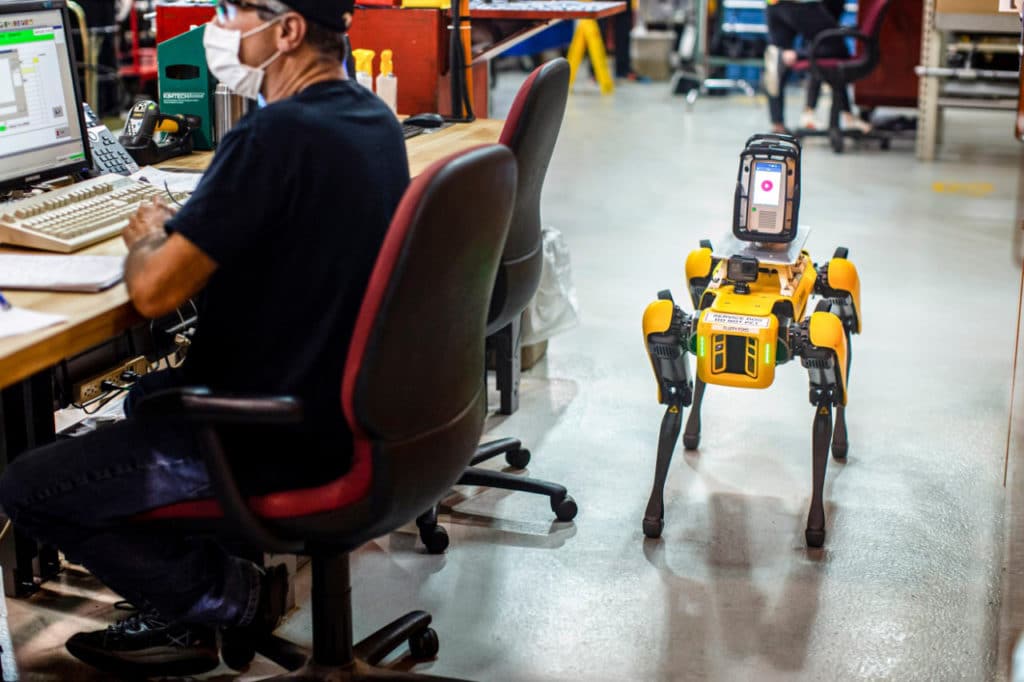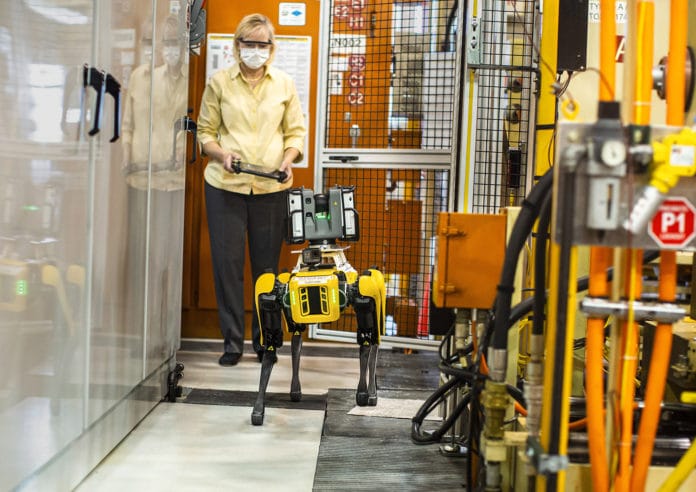Boston Dynamics’ Spot robot, one of the best-known machines, has been working in unexpected places. Recently, it was able to operate as a “shepherd dog” of herds in New Zealand farms; it also helped the Singapore authorities to patrol the streets during the isolation imposed due to COVID-19; carried out patrols on an oil platform in Norway. Aimed at businesses, the company has recently announced the launch for sale of its robot dog, which is priced at $74,500.
Apparently, Boston Dynamics also rents the robots, and this time it was Ford who needed their services. In early August, Ford will begin using four-legged robots to laser scan its Van Dyke Transmission Plant, helping engineers update the original computer-aided design, making it easier to install new equipment. Ford has nicknamed the two robots Fluffy and Spot.

These robots can be deployed into hard-to-reach areas within the plant, scanning the area with laser scanners and high-definition cameras, and collecting data that will be used to carry out the design renovations. With the help of robots, the manufacturer intends to save time and money in the process.
Equipped with five cameras, the 70-pound (32 kg) quadruped robots can perform 360-degree camera scans, handle 30-degree grades and climb stairs for hours at a time. They can traverse the facilities at a maximum speed of 3 mph (4.8 km/h). The batteries allow them to work for two hours before needing a recharge.
Through scans, engineers get a better view of what the building’s floors are like, and what changes have been made over the years that have not been recorded and documented.

According to Ford, the old way to scan one plant could take two weeks, plus it was expensive, causing the investment of $300,000. If this pilot works, Ford’s manufacturing team could scan all its plants for a fraction of the cost. These cutting-edge technologies help save the company money and retool facilities more quickly, ultimately helping to bring new vehicles to market much faster.
“There are areas in the plant that you might not want to walk into because they might be tough to maneuver,” says the robot’s handler Paula Wiebelhaus. “It’s easier and safer to send Fluffy back there.”
“This robotic quadruped can do much more than dance and spin, which is why we seek to push it to the limit in the manufacturing plant and analyze its real value for the company,” she concluded.
